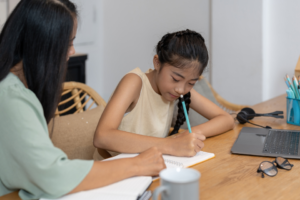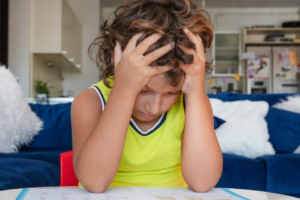
Helpful Tips for Teaching Large Class Sizes
School budgets seem to be shrinking in every district. As administration and the school board looks into making cuts to save money, one of the first things they seriously consider is eliminating teachers. While it does cut down on school spending, it leaves large class sizes for the teachers that still have jobs. Jumping up from a classroom of 20 students to a classroom of 30 or more can be quite the change. Trying to show each student that individual attention that they require can be a difficult thing to do.
However, there are ways you can teach your lessons and operate your classroom that will make this job a bit easier. As you are faced with a growing student population, keep these things in mind to make the process run more smoothly.
Alter Your Lesson Plans
If you have not jumped on the technology bandwagon yet, now is the time you should do so. When students are using computers, they are usually engrossed in what they are doing. Create all your lesson plans with factoring in technology. They can write their assignments using Google Docs and easily share it with you once completed. This paper free system will save you from having to lug around hundreds of papers at a time. It is all contained in that magical and mystical cloud. This will enable you to stay in contact with all of your students, even the ones that you might have felt you left out in class.
Don’t Try to Just Wing It
When you have a classroom of 30 students, you can’t just make up your plans as you go along. With smaller class sizes, you might have been able to do this in the past. But with this large of a class, it can get out of hand if they have too much down time as you try to prepare the lessons on the fly.
Be a Stickler on Proper Discipline
Fewer students equals less discipline problems. Larger class sizes generally mean that you will have increased behavior issues. As the class grows, it is almost like the students feed off of one another. One student starts to misbehave and then it tends to rub off on others in the class. It can be the snowball effect. If you have a strong discipline program in place though, it can prevent things from getting too far out of hand.
Seating
Every teacher at sometime believes some sort of correct seating chart will bring harmony to the classroom. It is like there is some magical seating combination that will make all students behave. The truth of the matter is that sometimes it does not matter what seating order you have in place, students will still act up. But that doesn’t mean you should give up trying. Find out what works best for you. Once in a while it will work out well to have the most troubled students close to your desk. Other times, to keep your sanity, placing them farthest away from your desk is for the best.
Place Students in Groups
By placing students into small groups, you are able to partner them up so strengths and weaknesses will be balanced out appropriately. Having five students in each group means that you can spend more time with that group then you would be able to spend with each student on their own. In addition, they will be learning from one another as well. Students need to learn to cooperate with others, so this really should be thought of as a win-win situation.
If you would like more information on how to handle a large class, iAchieve could be able to help. We offer workshops and presentations that could prove valuable to you in these situations.
Written by Ryan Crawley
RELATED POSTS
Teaching: Work Smart, Not Hard
Tips on How to Improve Student Engagement in the Classroom
5 Effective Teaching Styles that Should Be Used in All Classrooms



